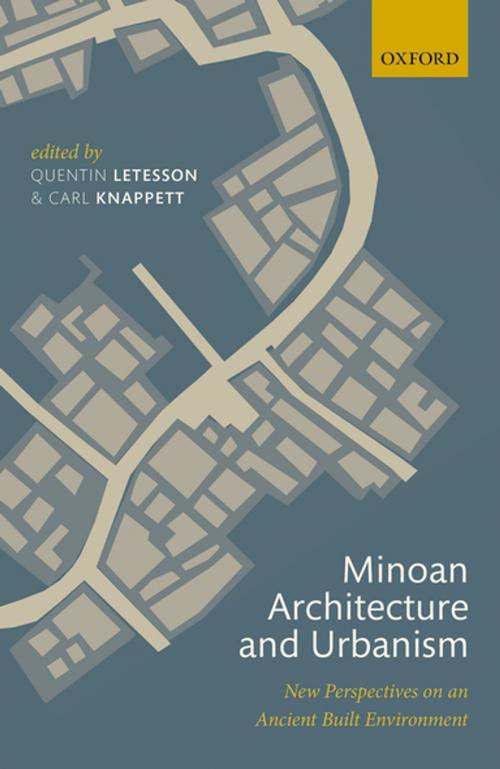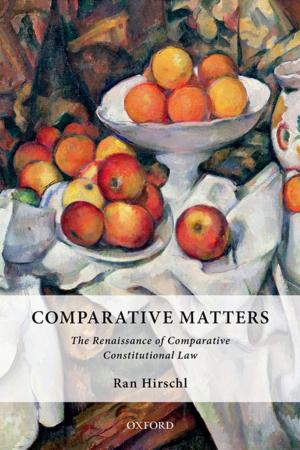Minoan Architecture and Urbanism
New Perspectives on an Ancient Built Environment
Nonfiction, History, Ancient History, Greece| Author: | ISBN: | 9780192512253 | |
| Publisher: | OUP Oxford | Publication: | July 4, 2017 |
| Imprint: | OUP Oxford | Language: | English |
| Author: | |
| ISBN: | 9780192512253 |
| Publisher: | OUP Oxford |
| Publication: | July 4, 2017 |
| Imprint: | OUP Oxford |
| Language: | English |
Minoan Crete is rightly famous for its idiosyncratic architecture, as well as its palaces and towns such as Knossos, Malia, Gournia, and Palaikastro. Indeed, these are often described as the first urban settlements of Bronze Age Europe. However, we still know relatively little about the dynamics of these early urban centres. How did they work? What role did the palaces have in their towns, and the towns in their landscapes? It might seem that with such richly documented architectural remains these questions would have been answered long ago. Yet, analysis has mostly found itself confined to building materials and techniques, basic formal descriptions, and functional evaluations. Critical evaluation of these data as constituting a dynamic built environment has thus been slow in coming. This volume aims to provide a first step in this direction. It brings together international scholars whose research focuses on Minoan architecture and urbanism as well as on theory and methods in spatial analyses. By combining methodological contributions with detailed case studies across the different scales of buildings, settlements and regions, the volume proposes a new analytical and interpretive framework for addressing the complex dynamics of the Minoan built environment.
Minoan Crete is rightly famous for its idiosyncratic architecture, as well as its palaces and towns such as Knossos, Malia, Gournia, and Palaikastro. Indeed, these are often described as the first urban settlements of Bronze Age Europe. However, we still know relatively little about the dynamics of these early urban centres. How did they work? What role did the palaces have in their towns, and the towns in their landscapes? It might seem that with such richly documented architectural remains these questions would have been answered long ago. Yet, analysis has mostly found itself confined to building materials and techniques, basic formal descriptions, and functional evaluations. Critical evaluation of these data as constituting a dynamic built environment has thus been slow in coming. This volume aims to provide a first step in this direction. It brings together international scholars whose research focuses on Minoan architecture and urbanism as well as on theory and methods in spatial analyses. By combining methodological contributions with detailed case studies across the different scales of buildings, settlements and regions, the volume proposes a new analytical and interpretive framework for addressing the complex dynamics of the Minoan built environment.















